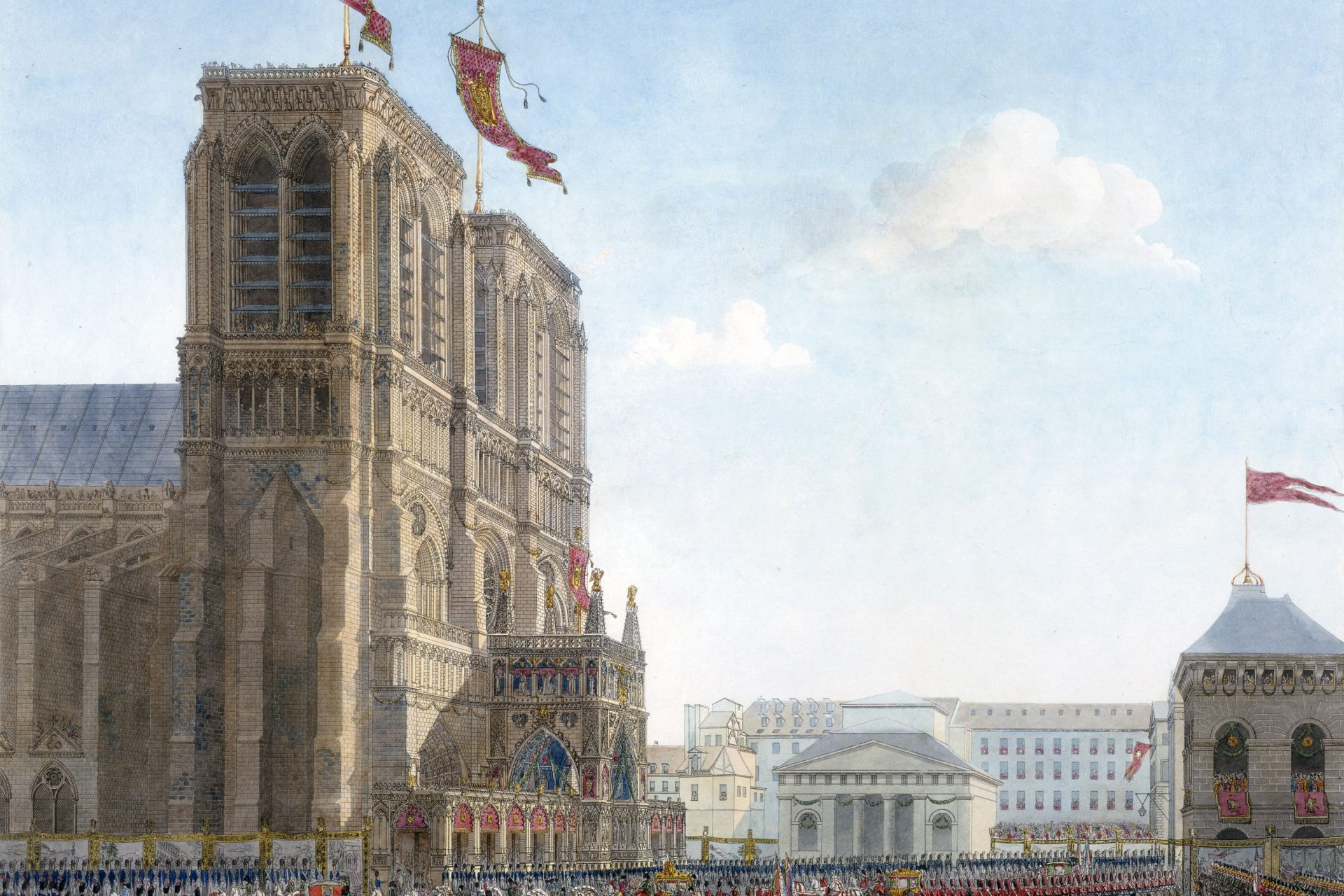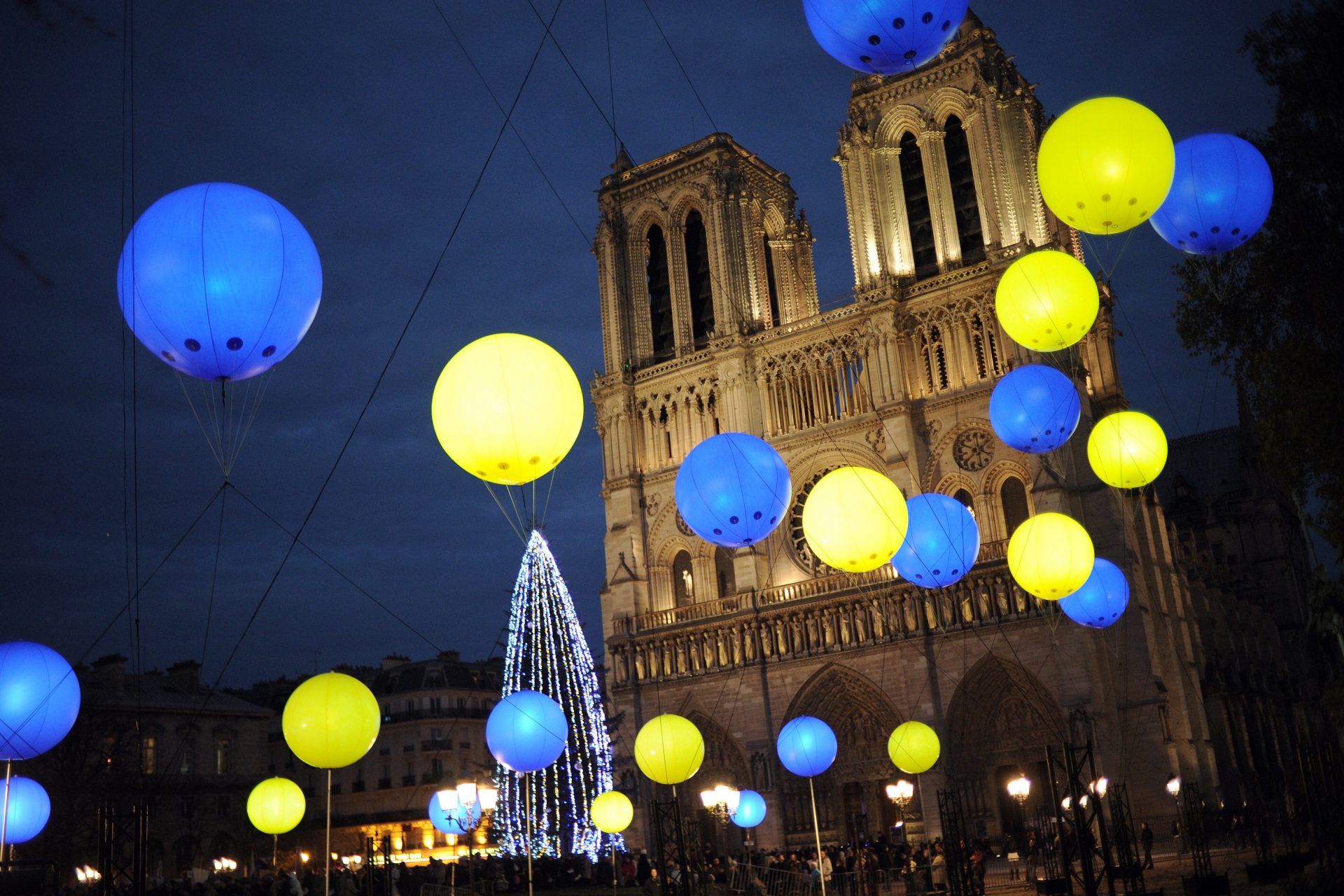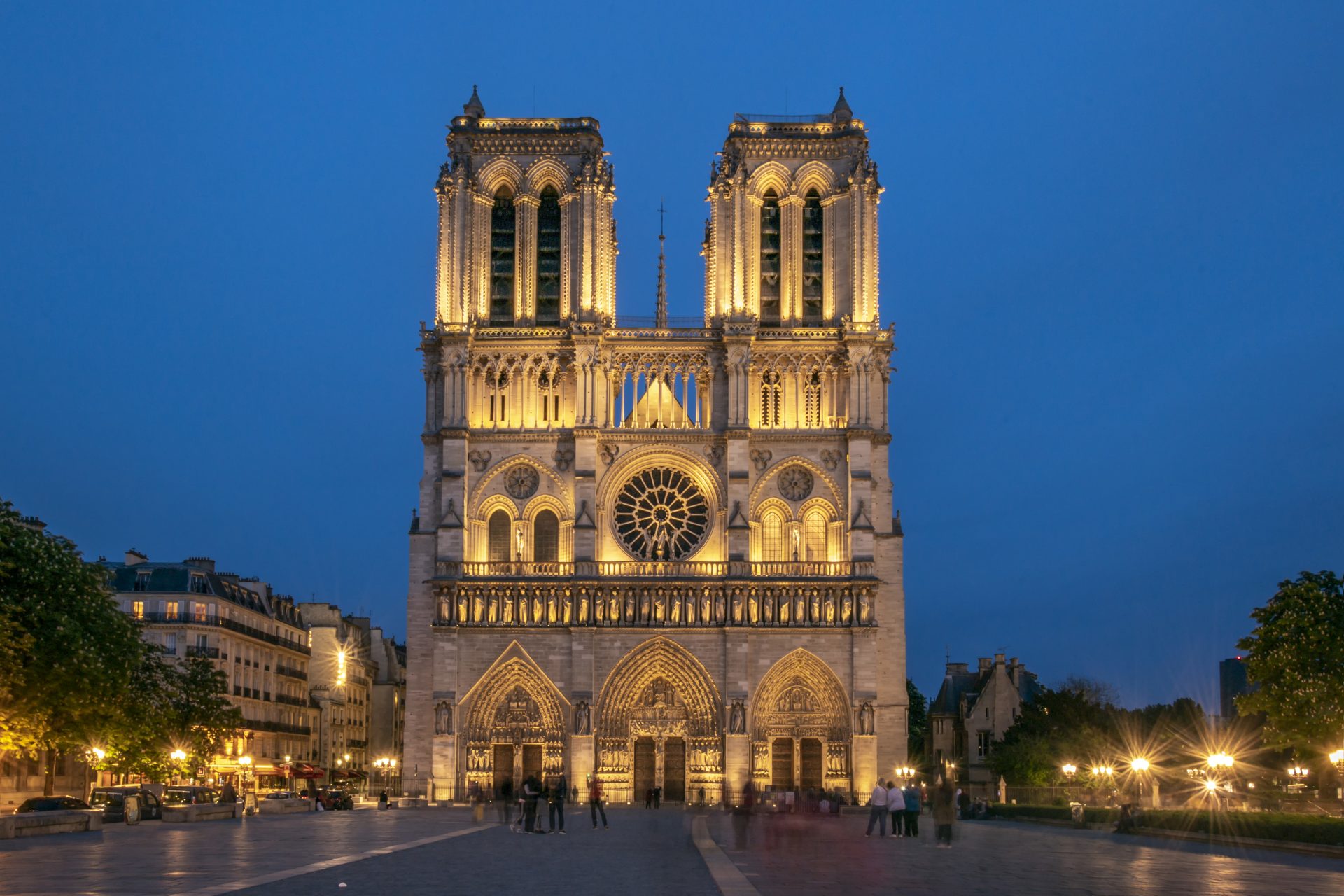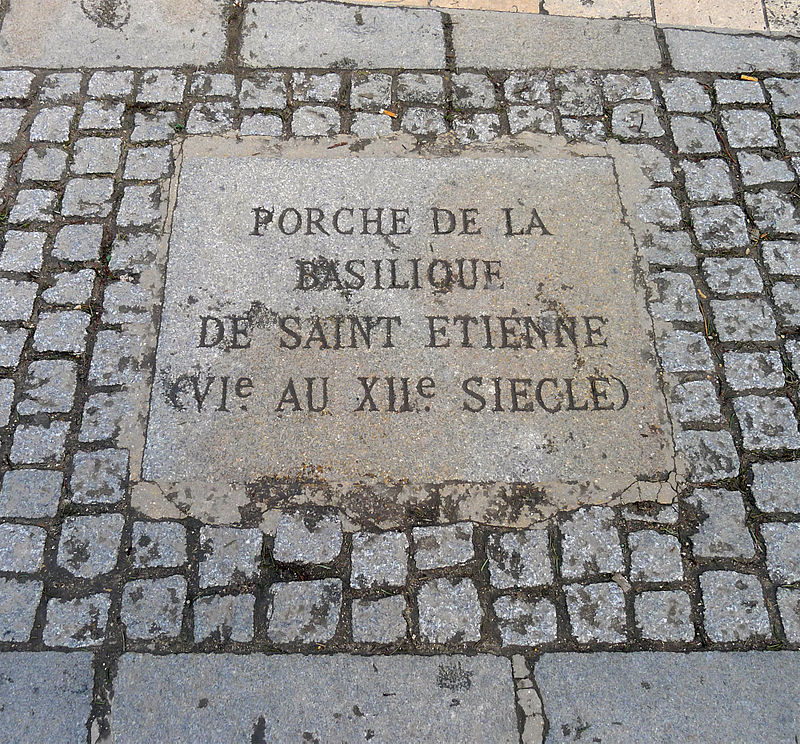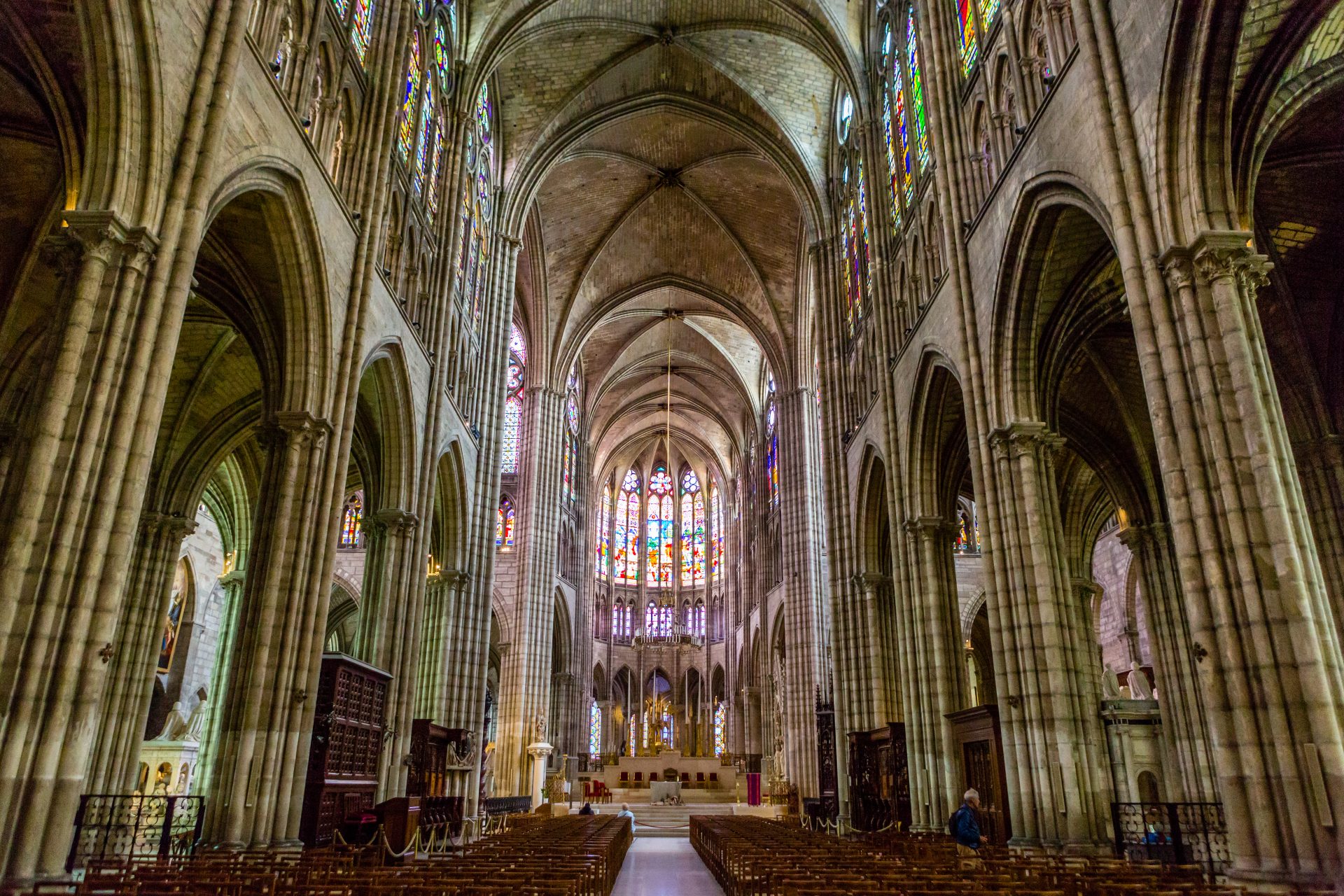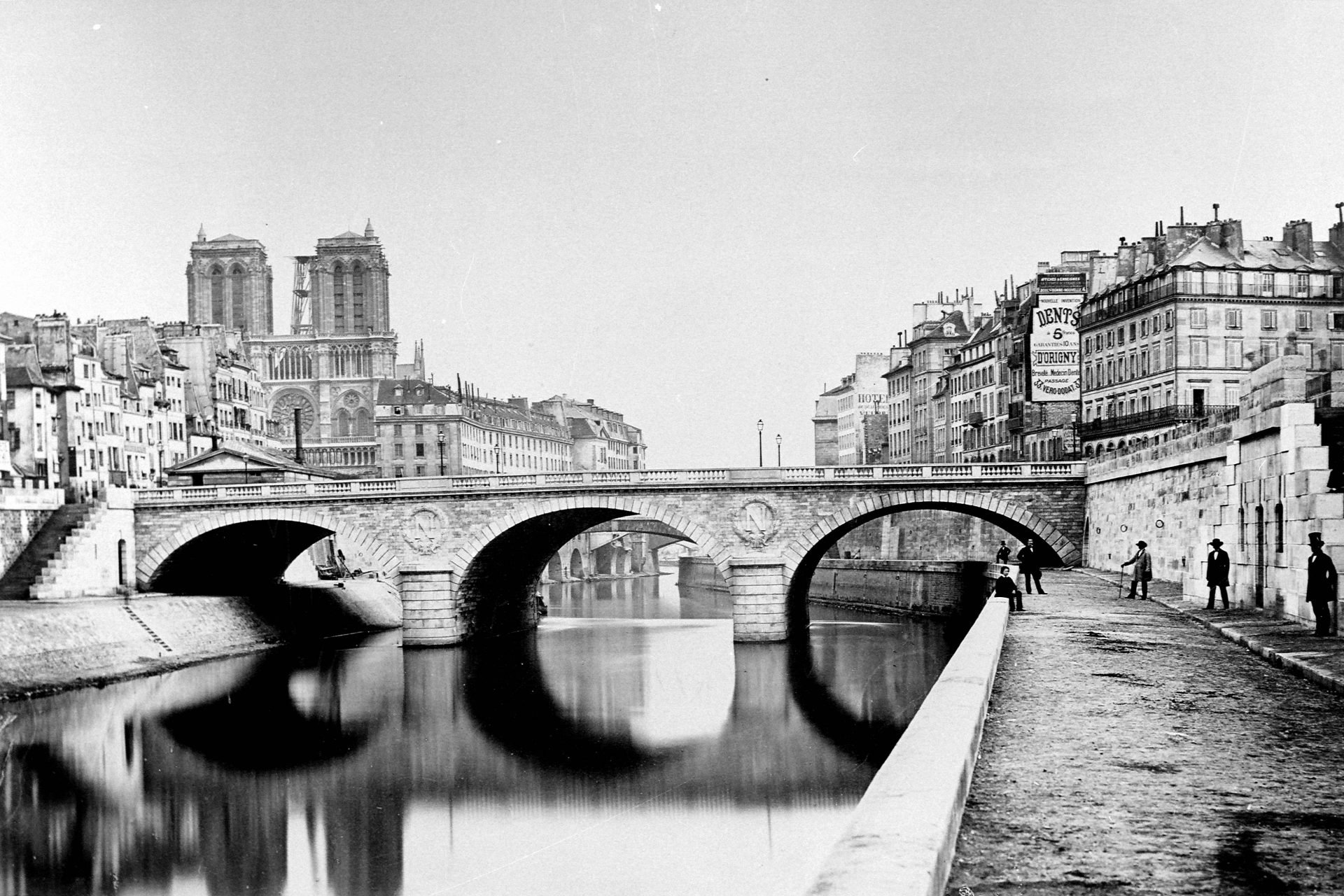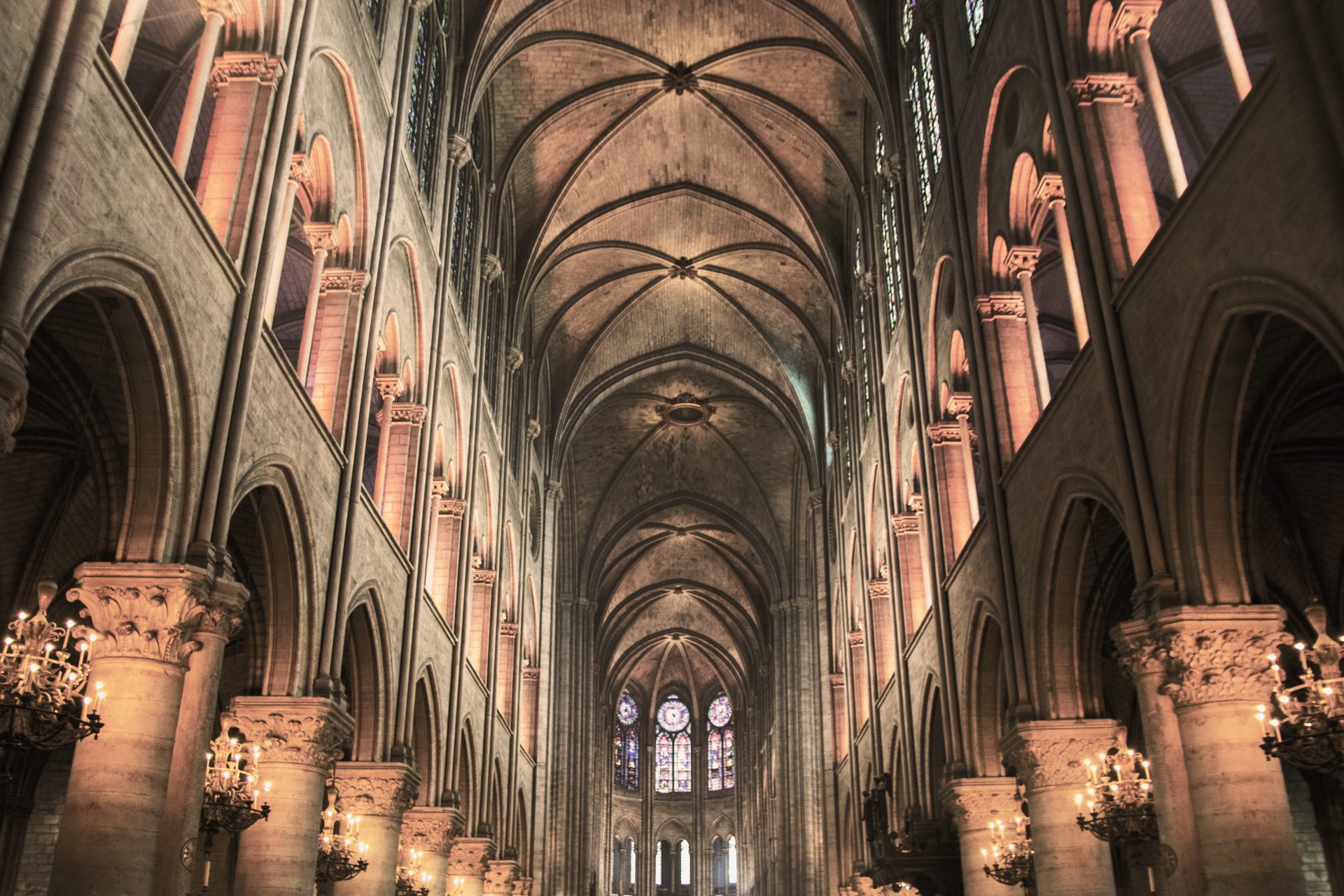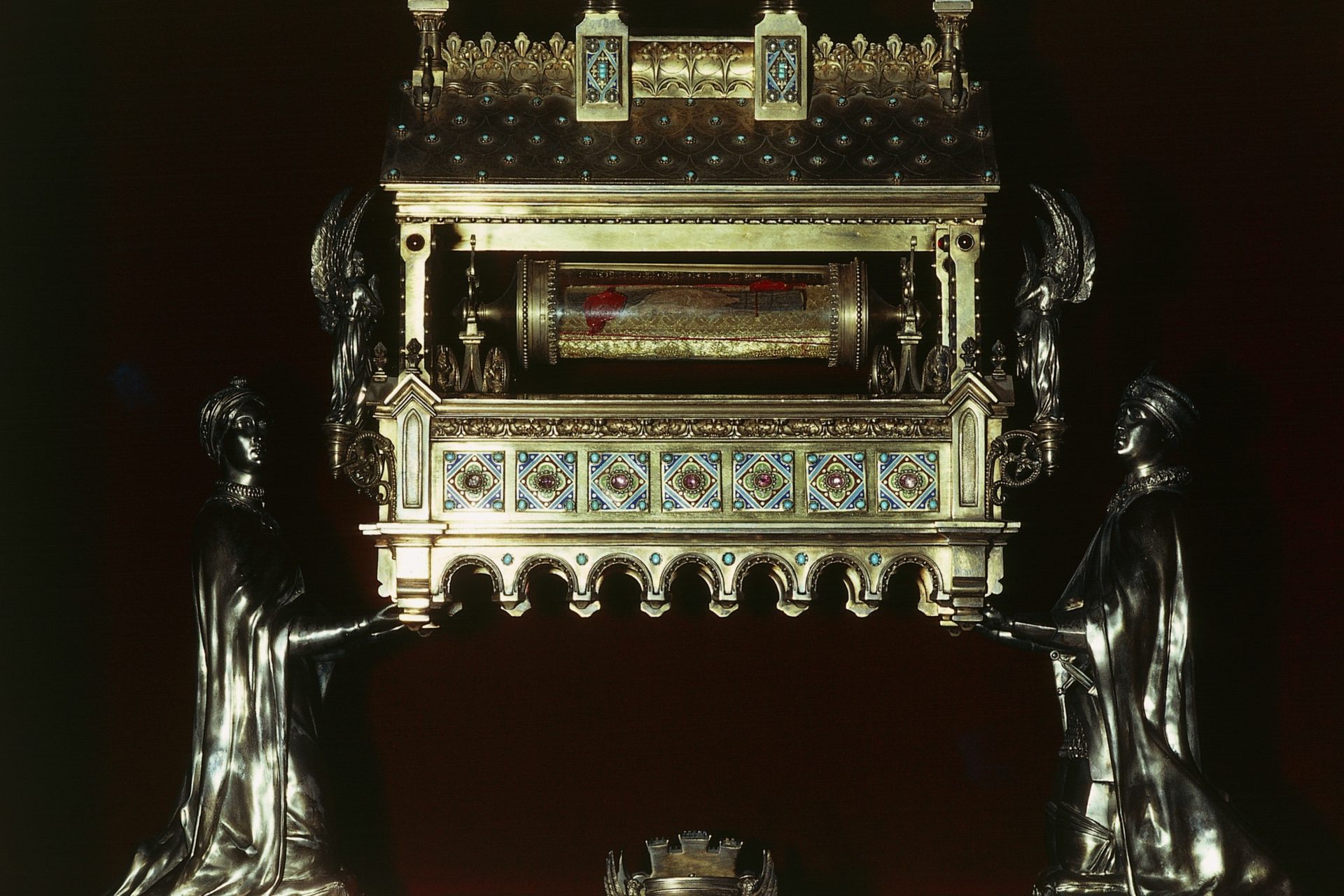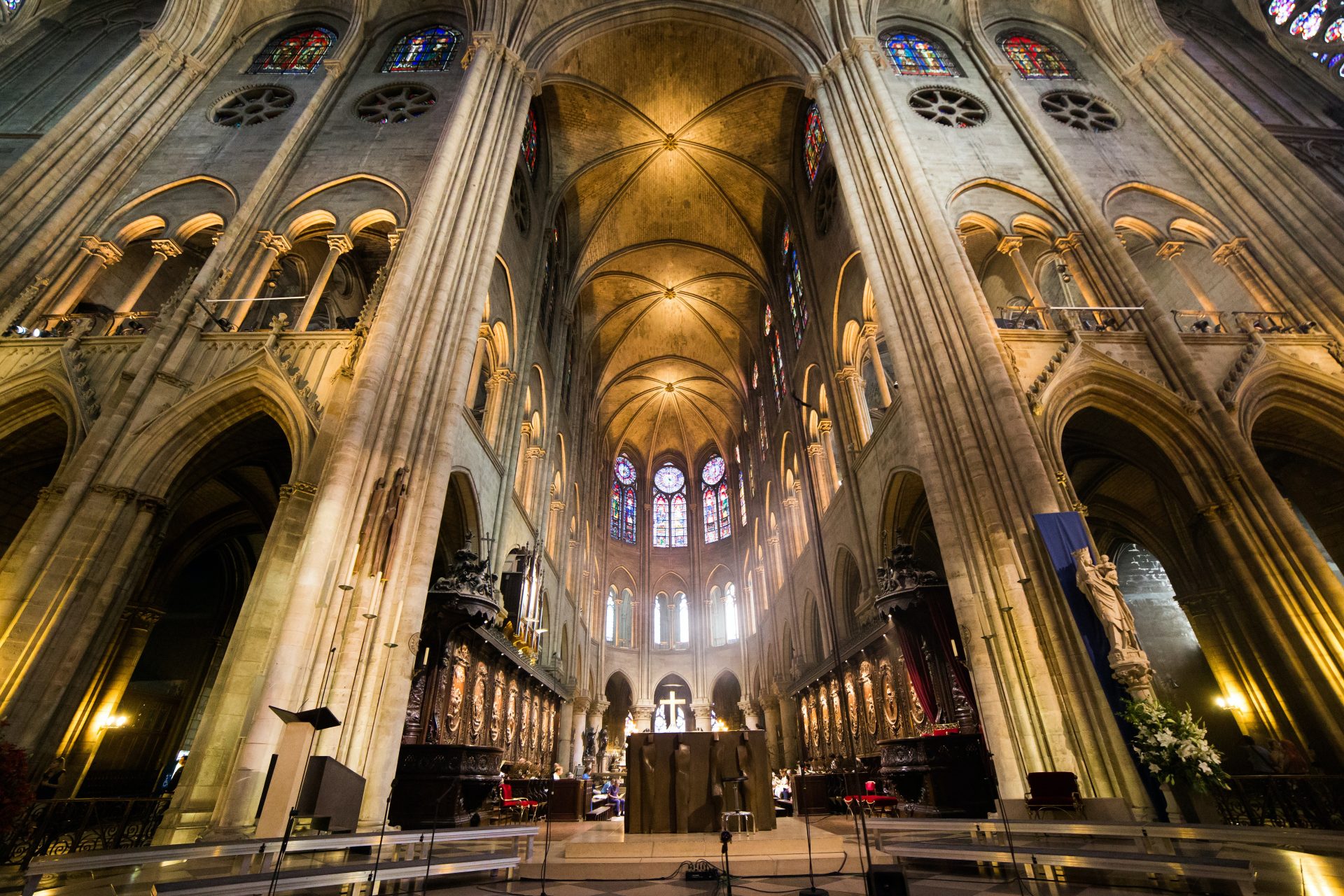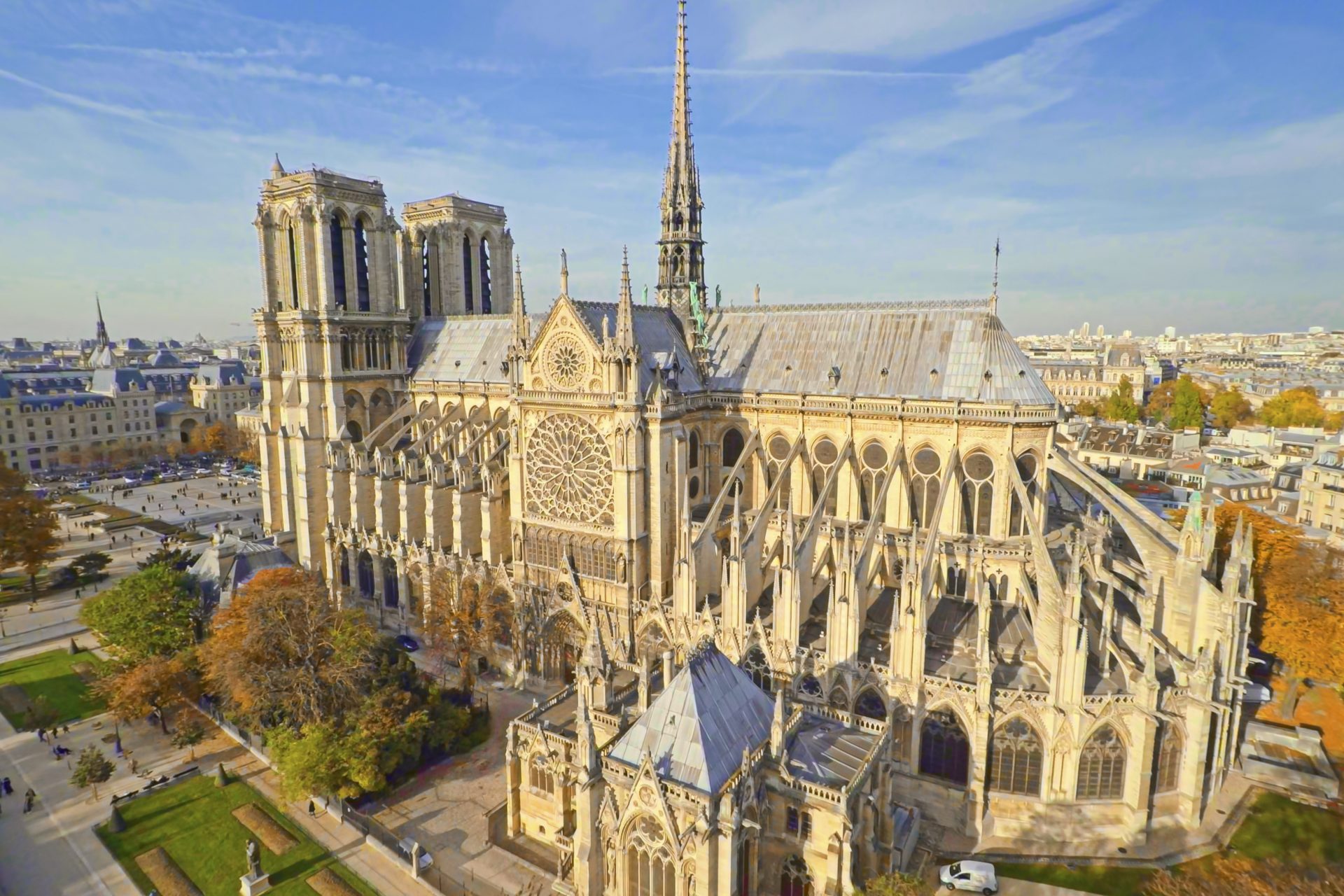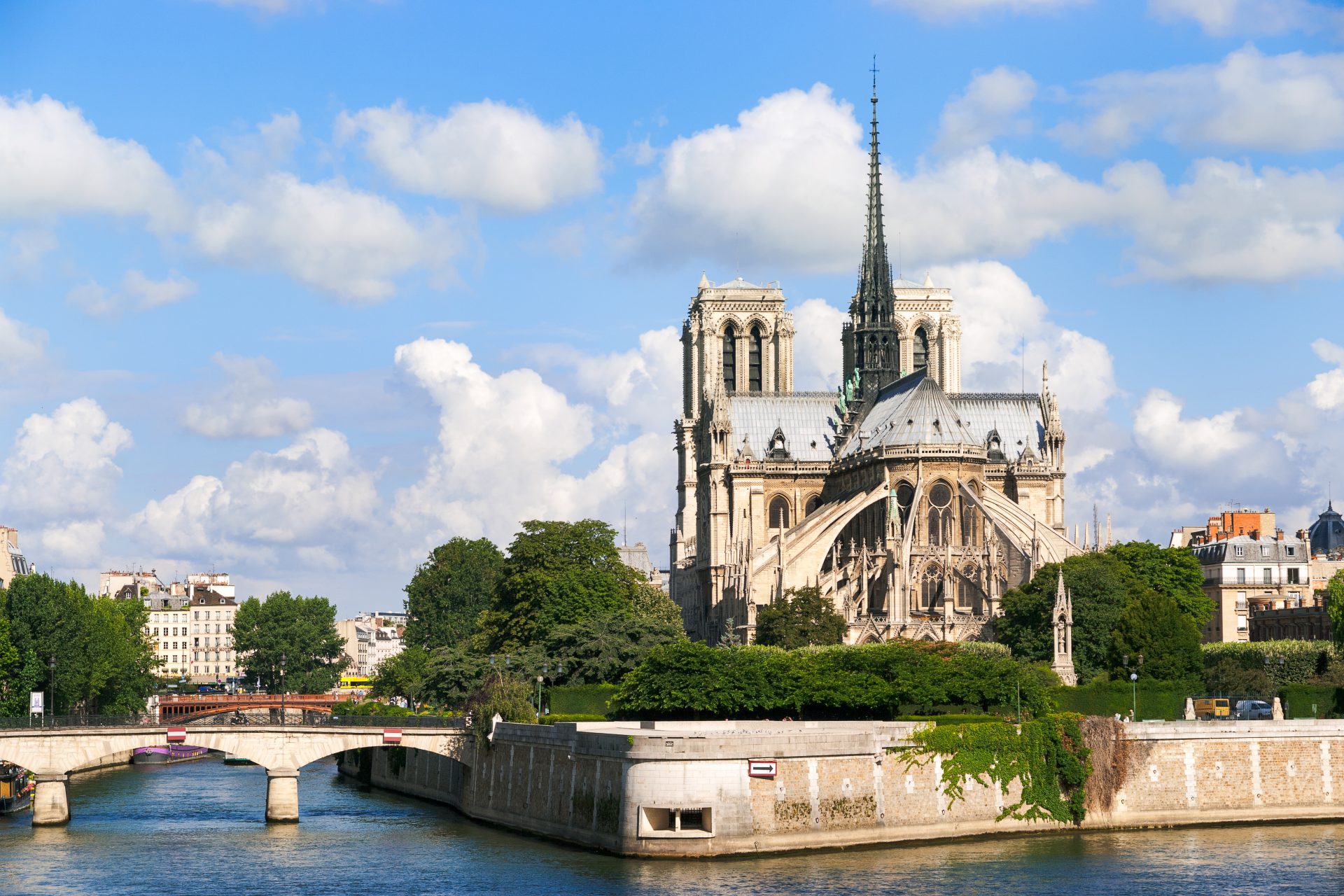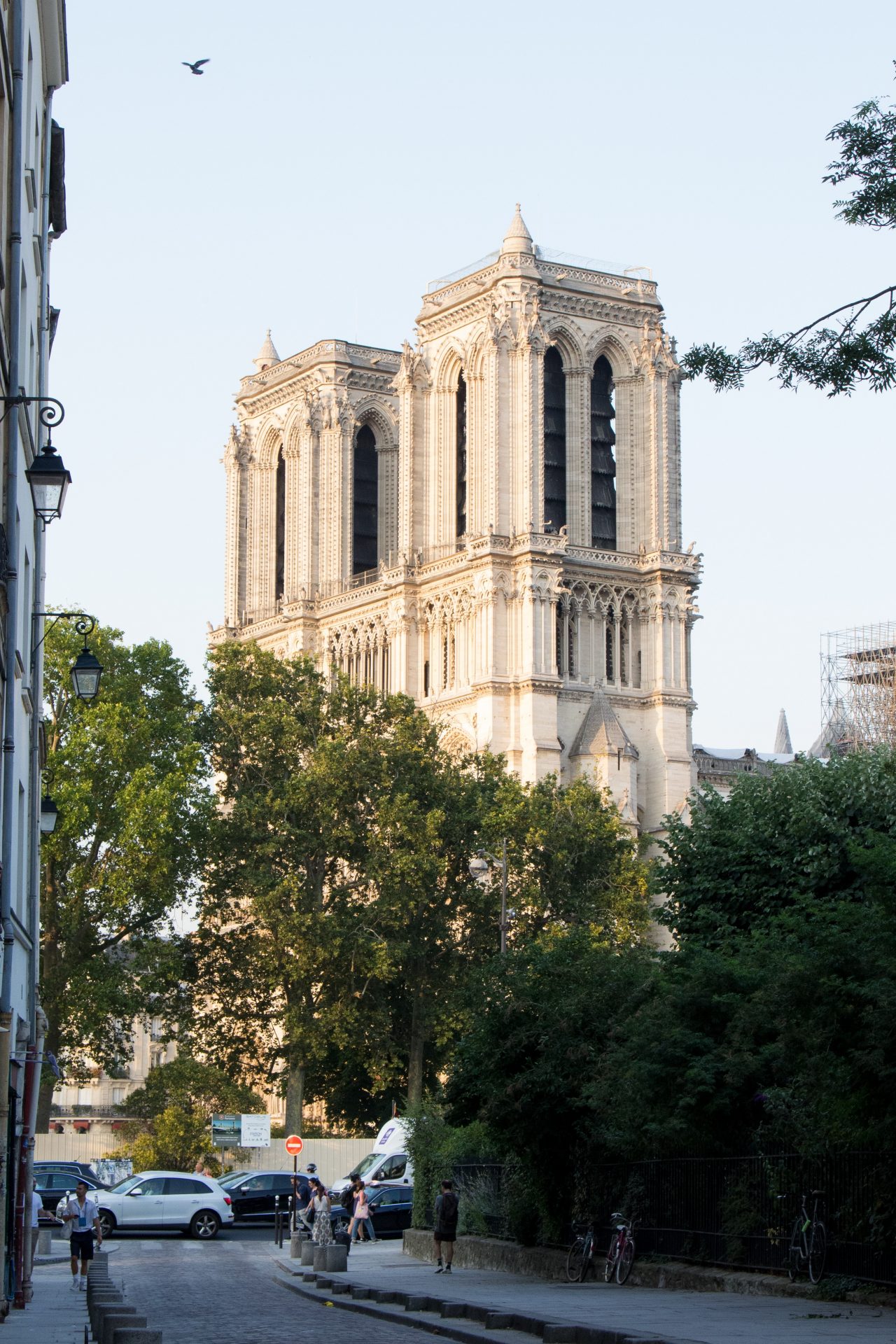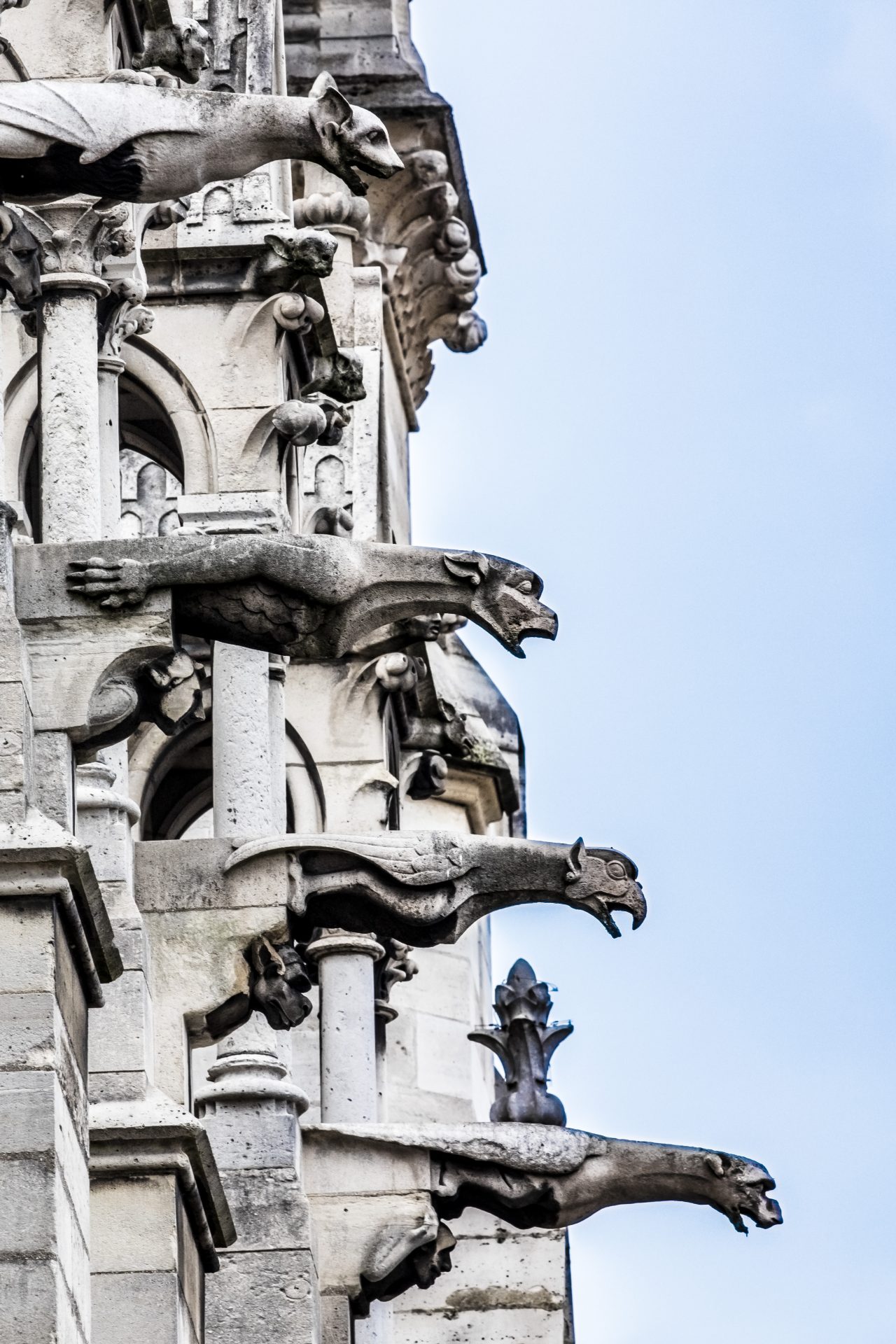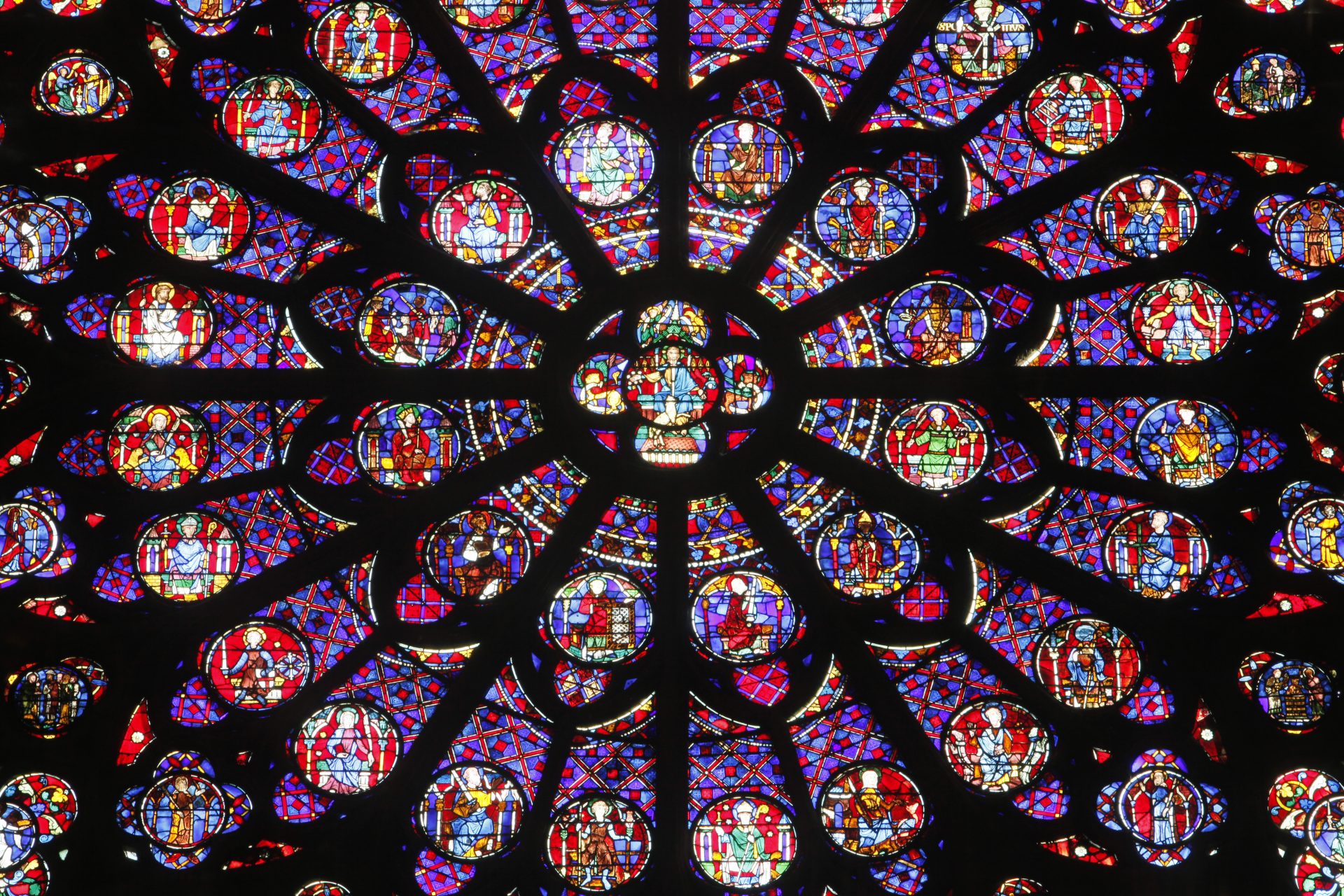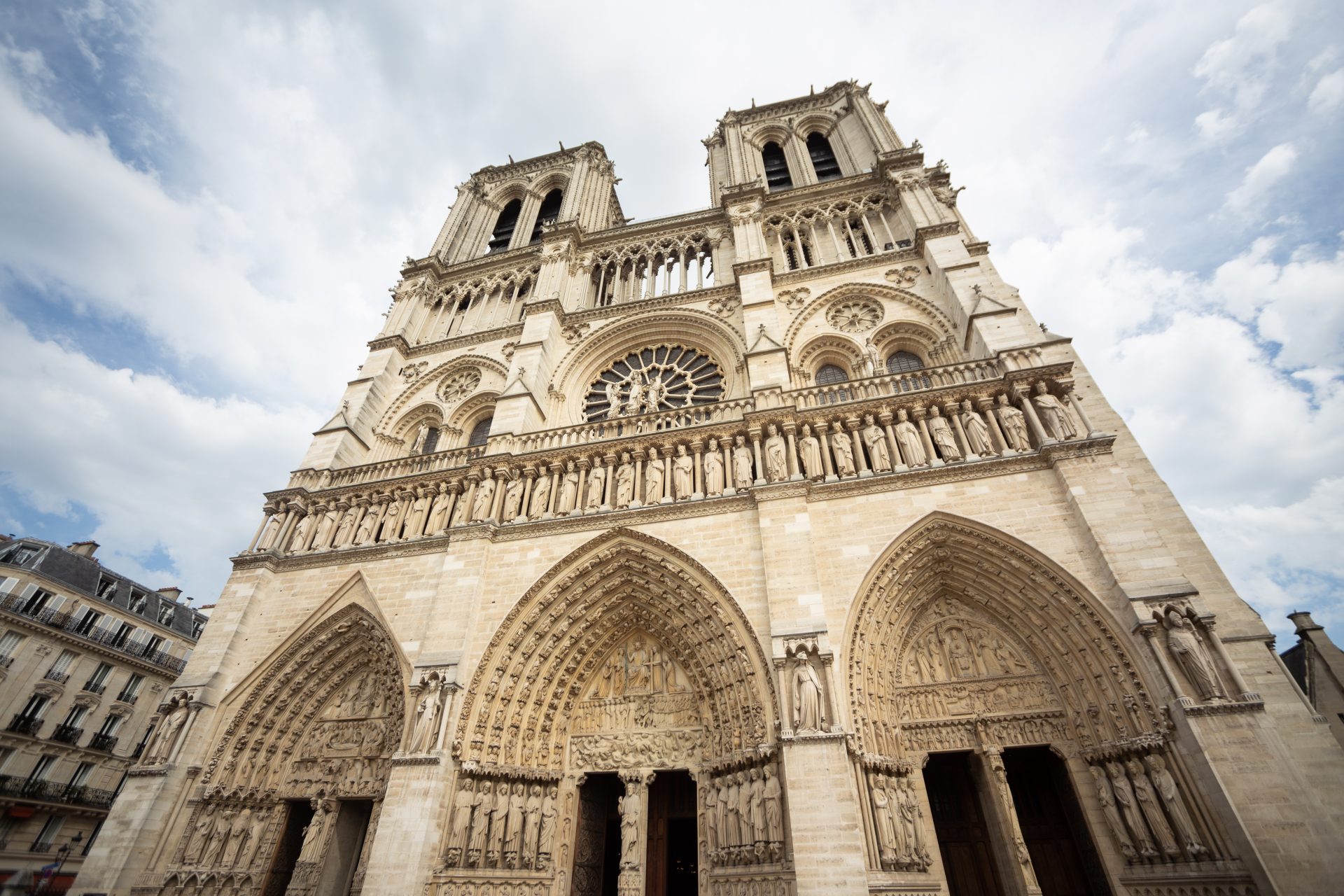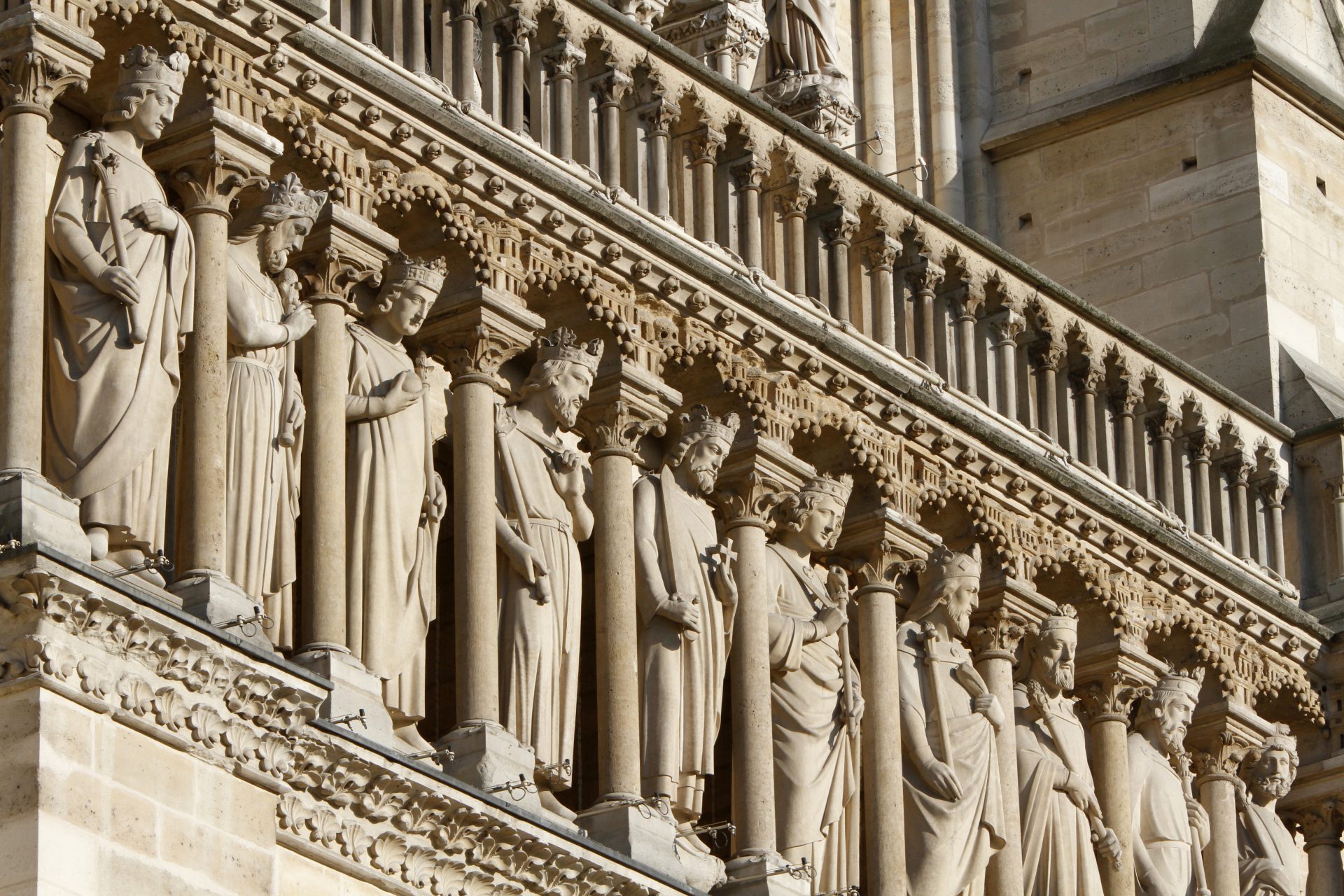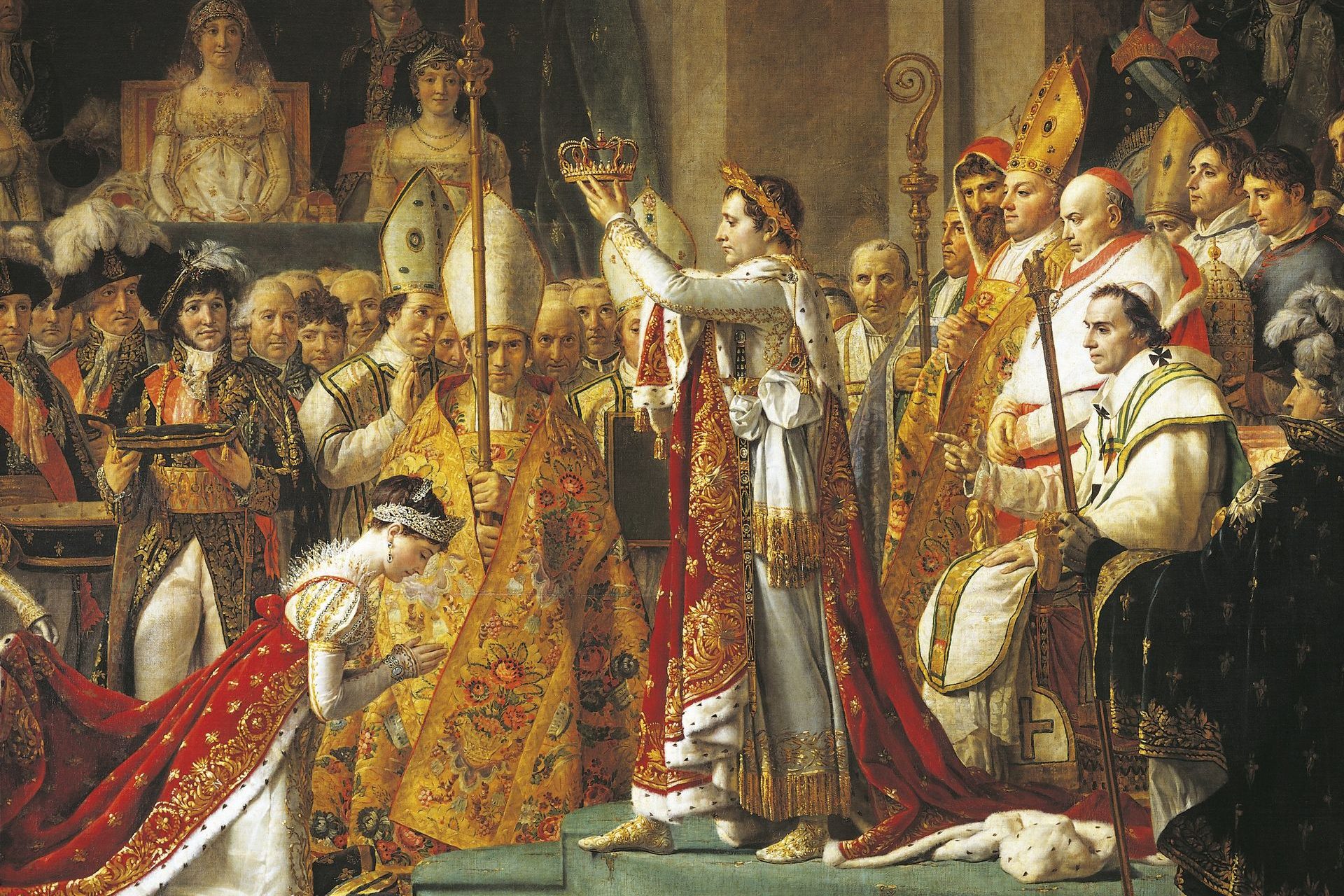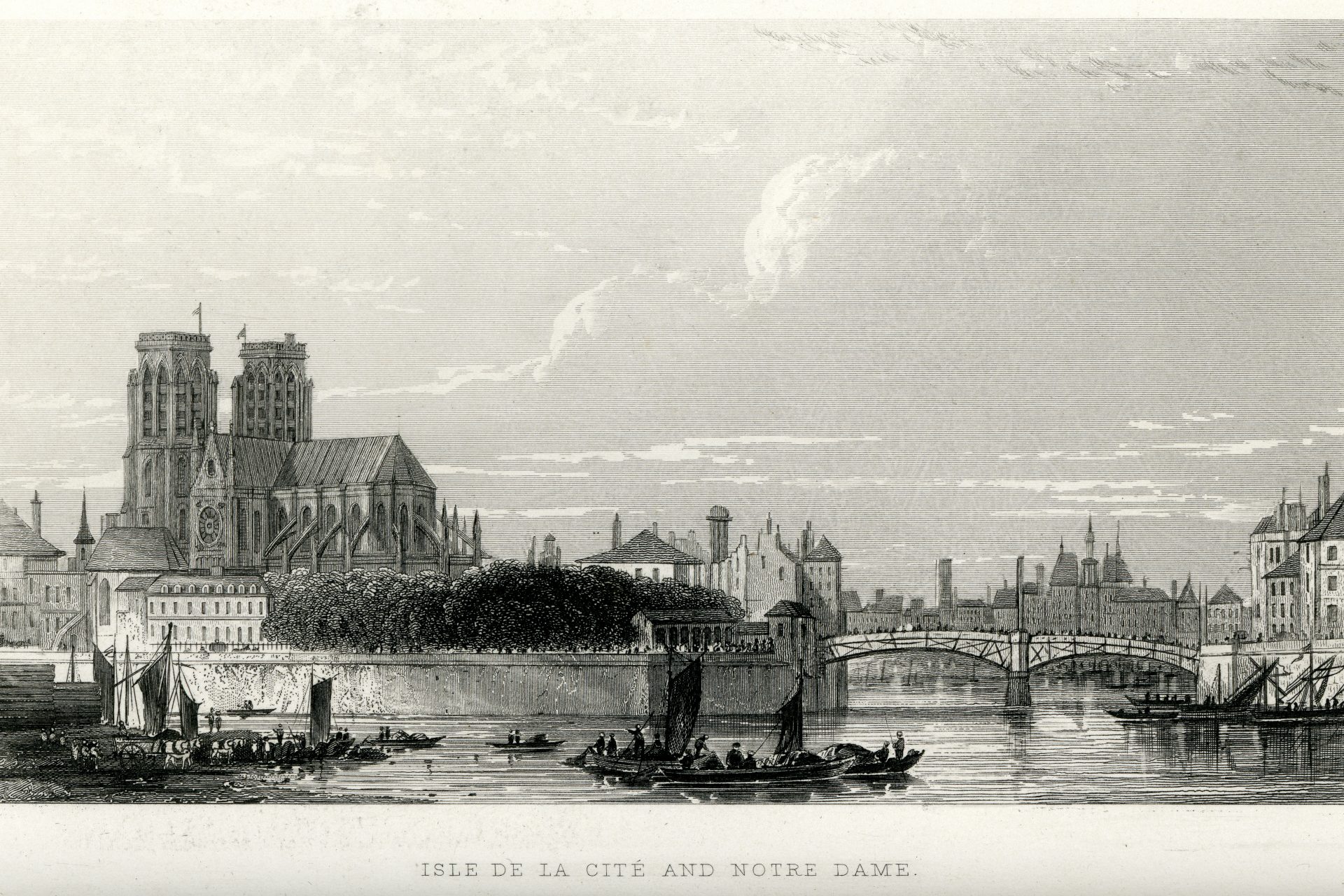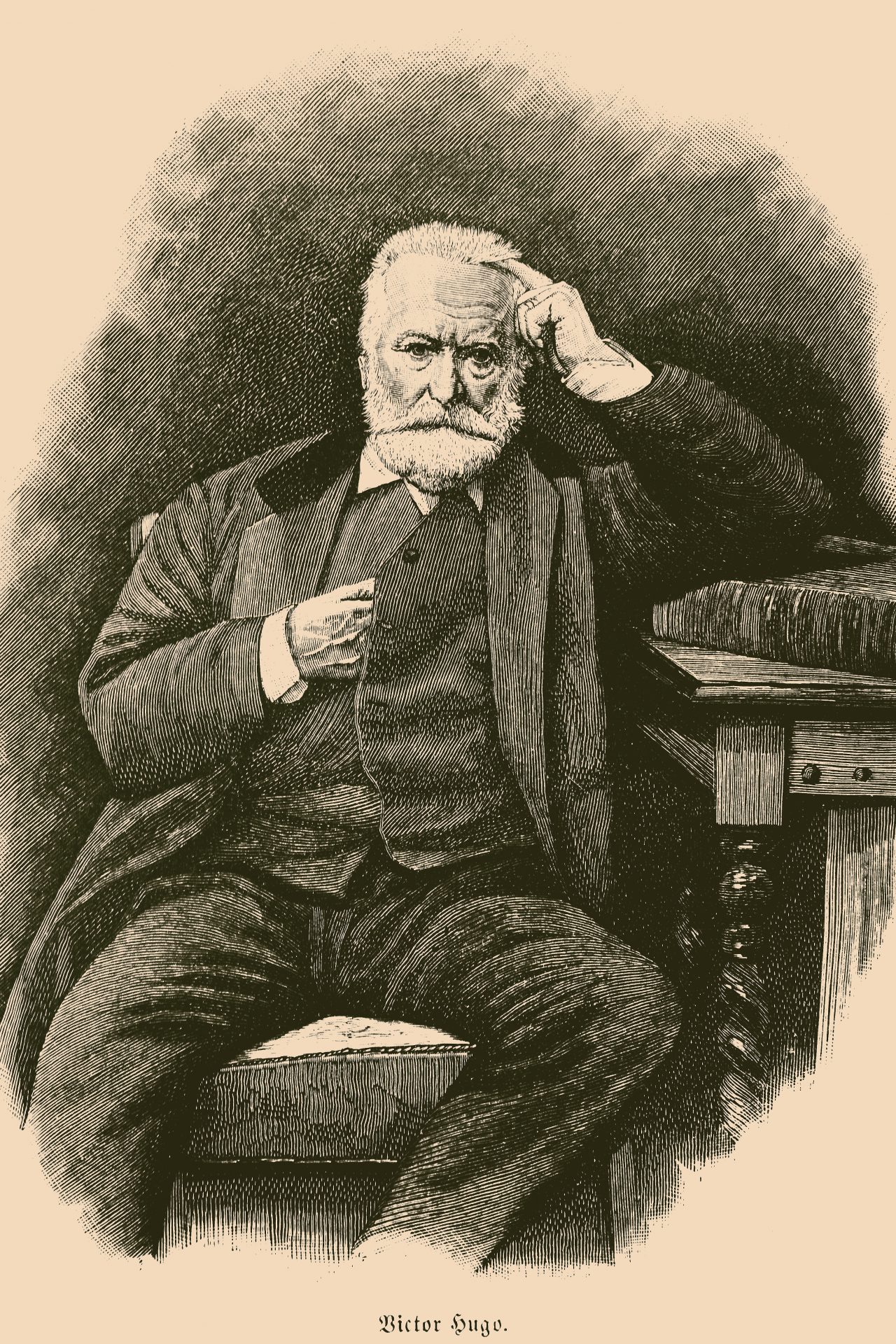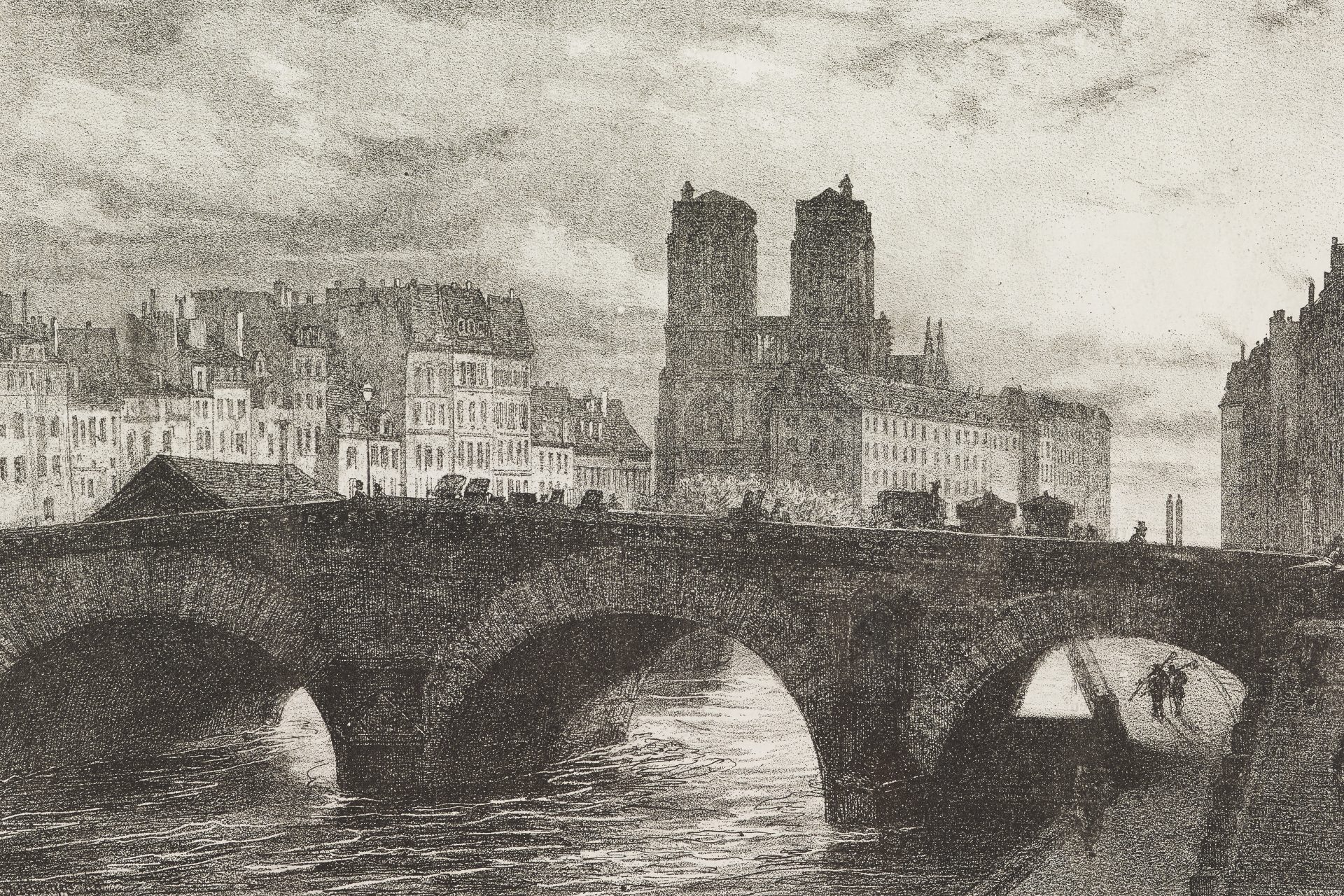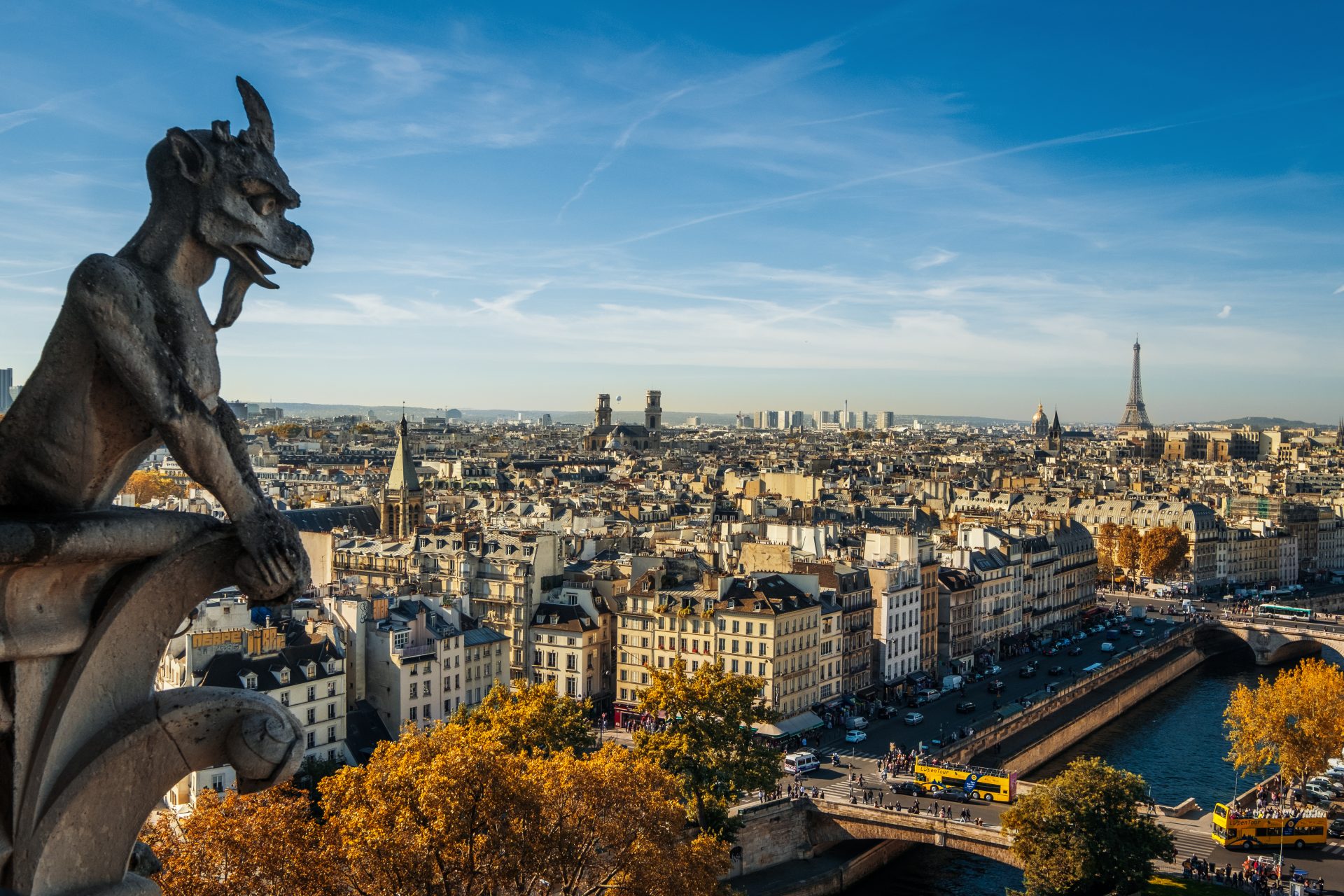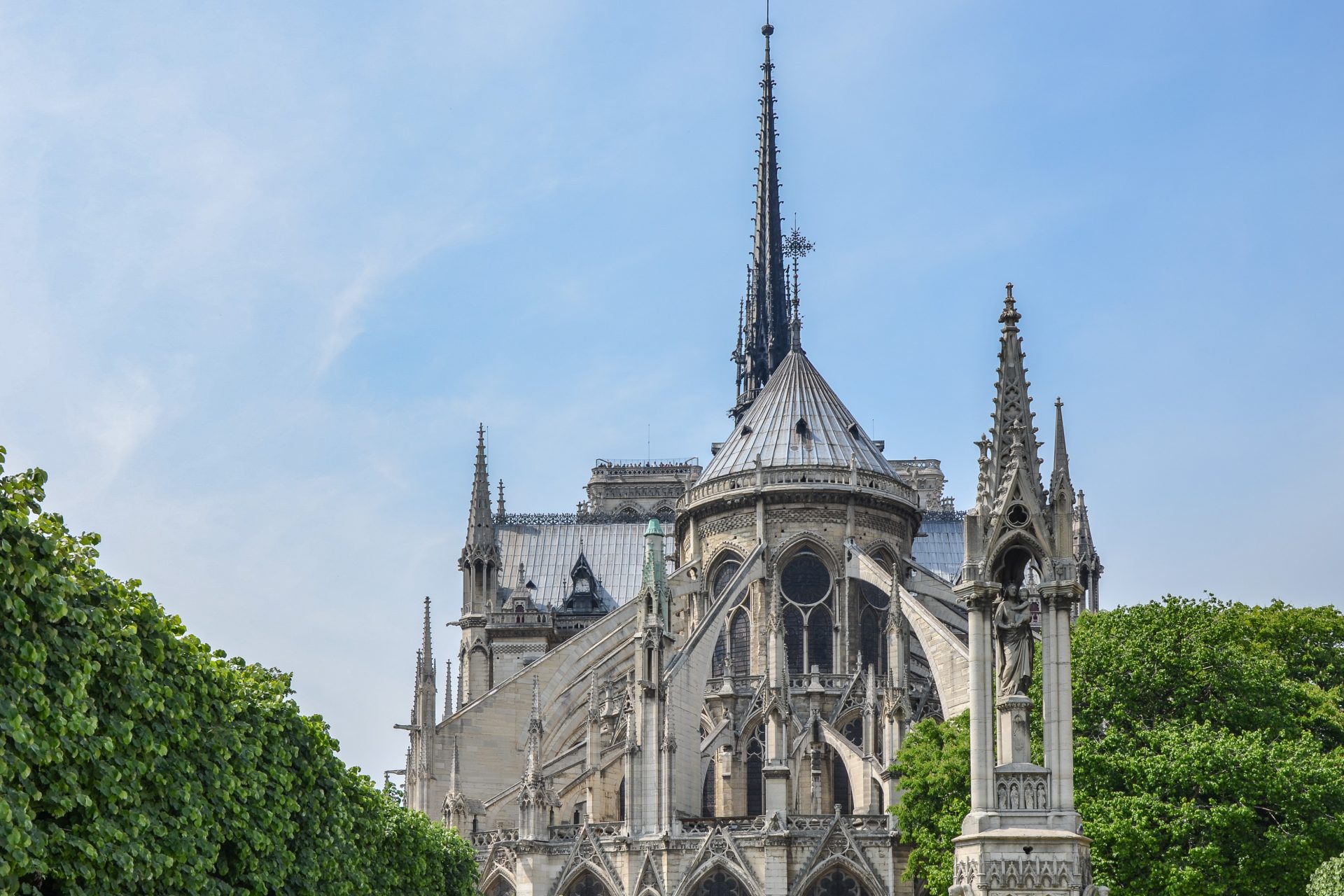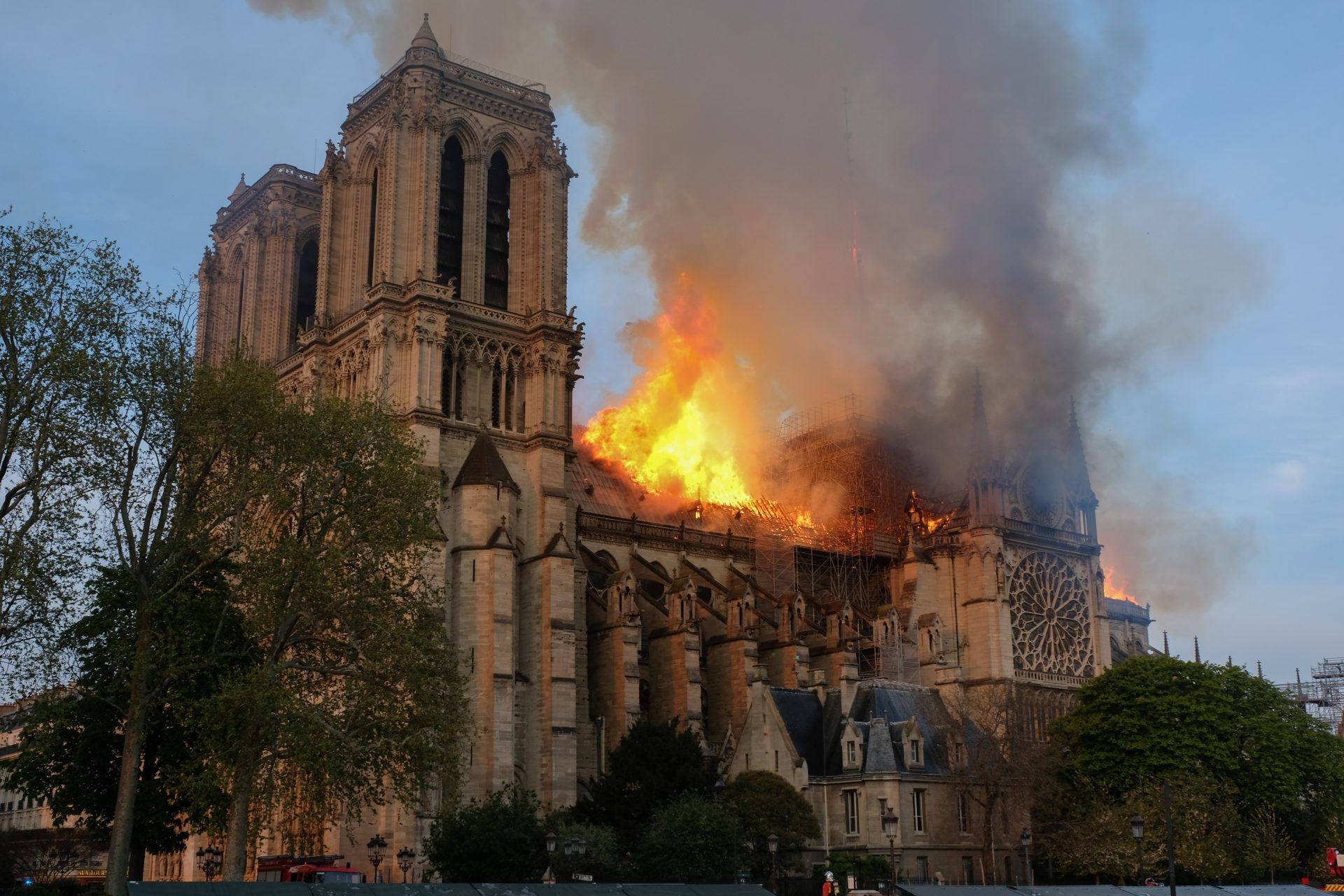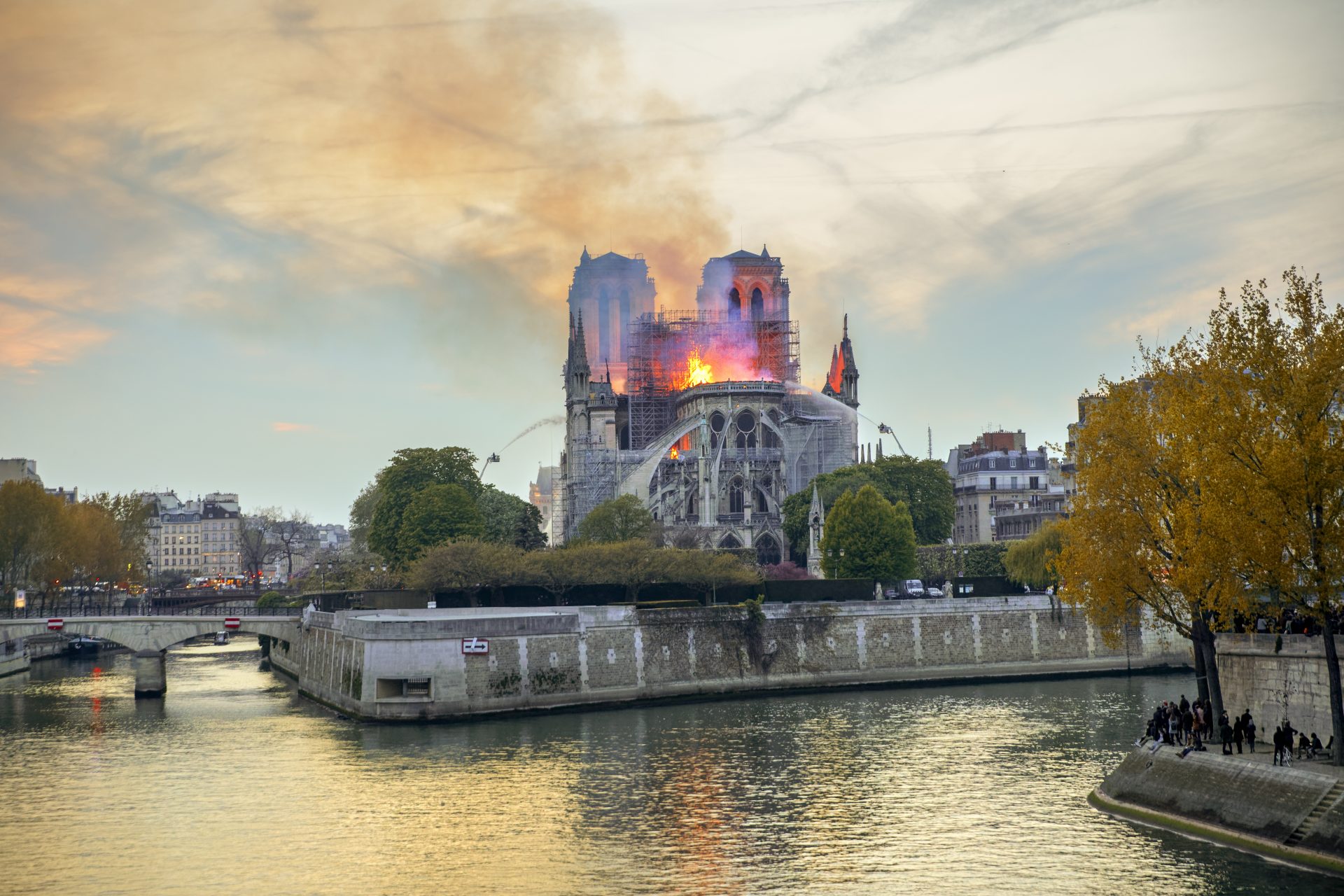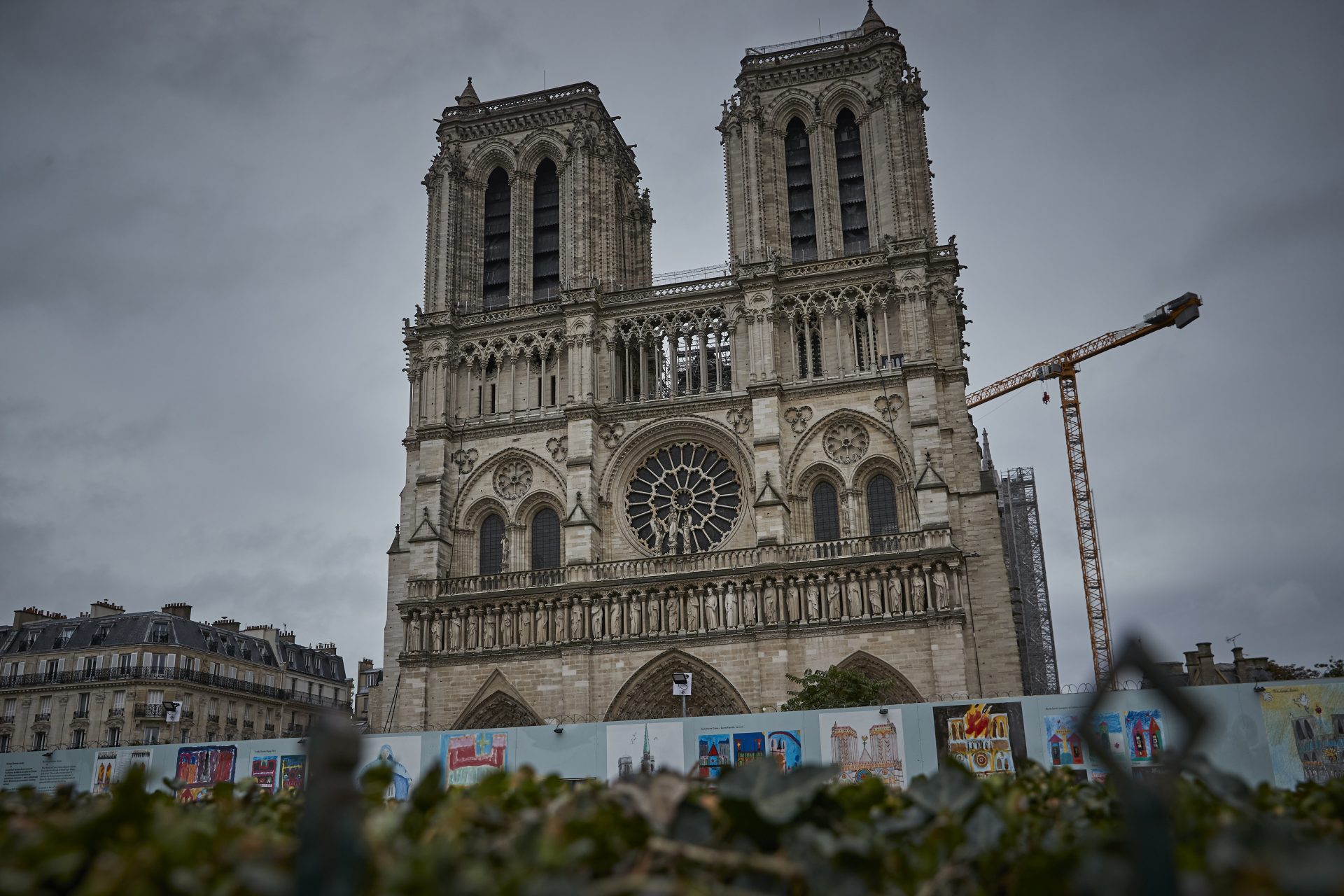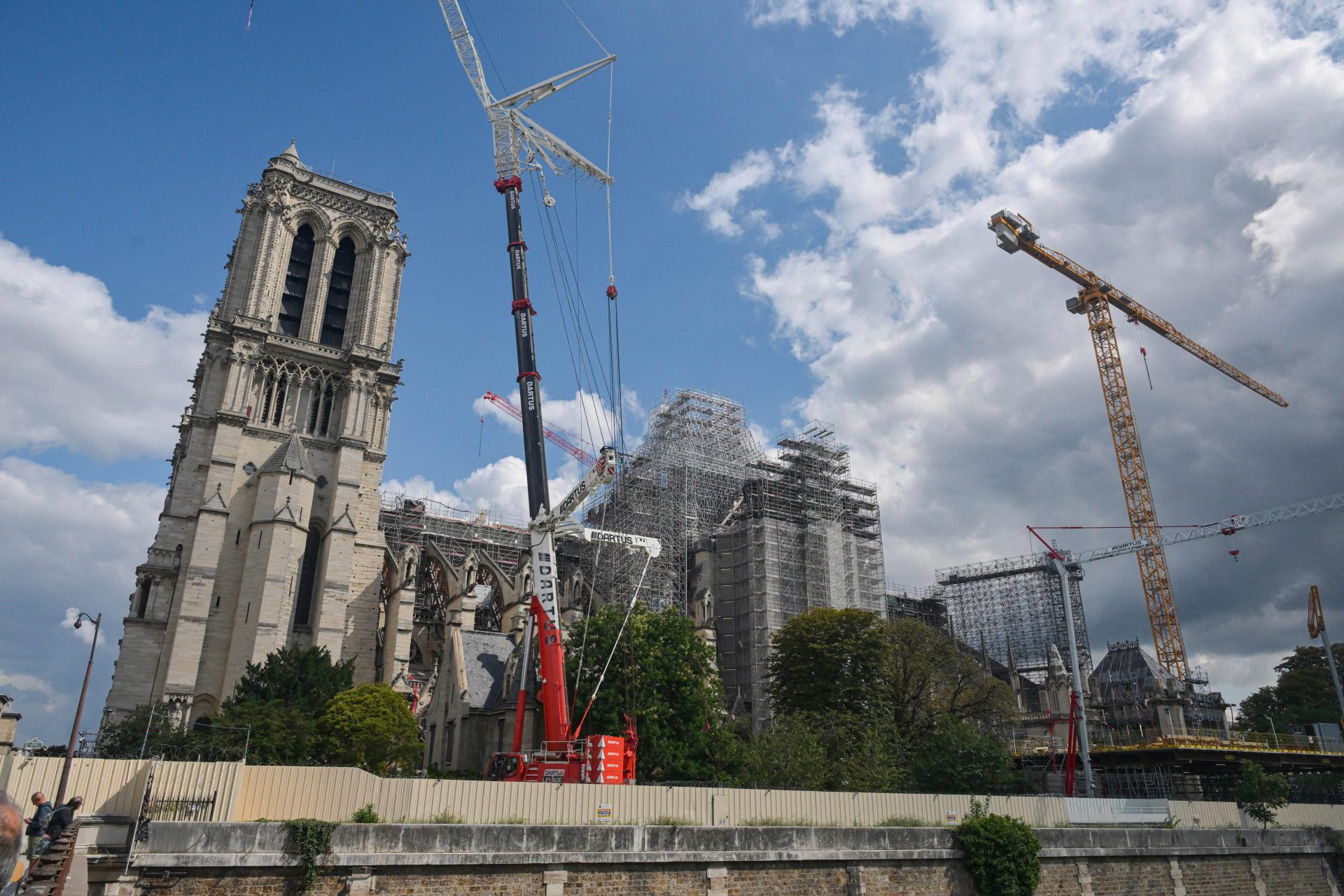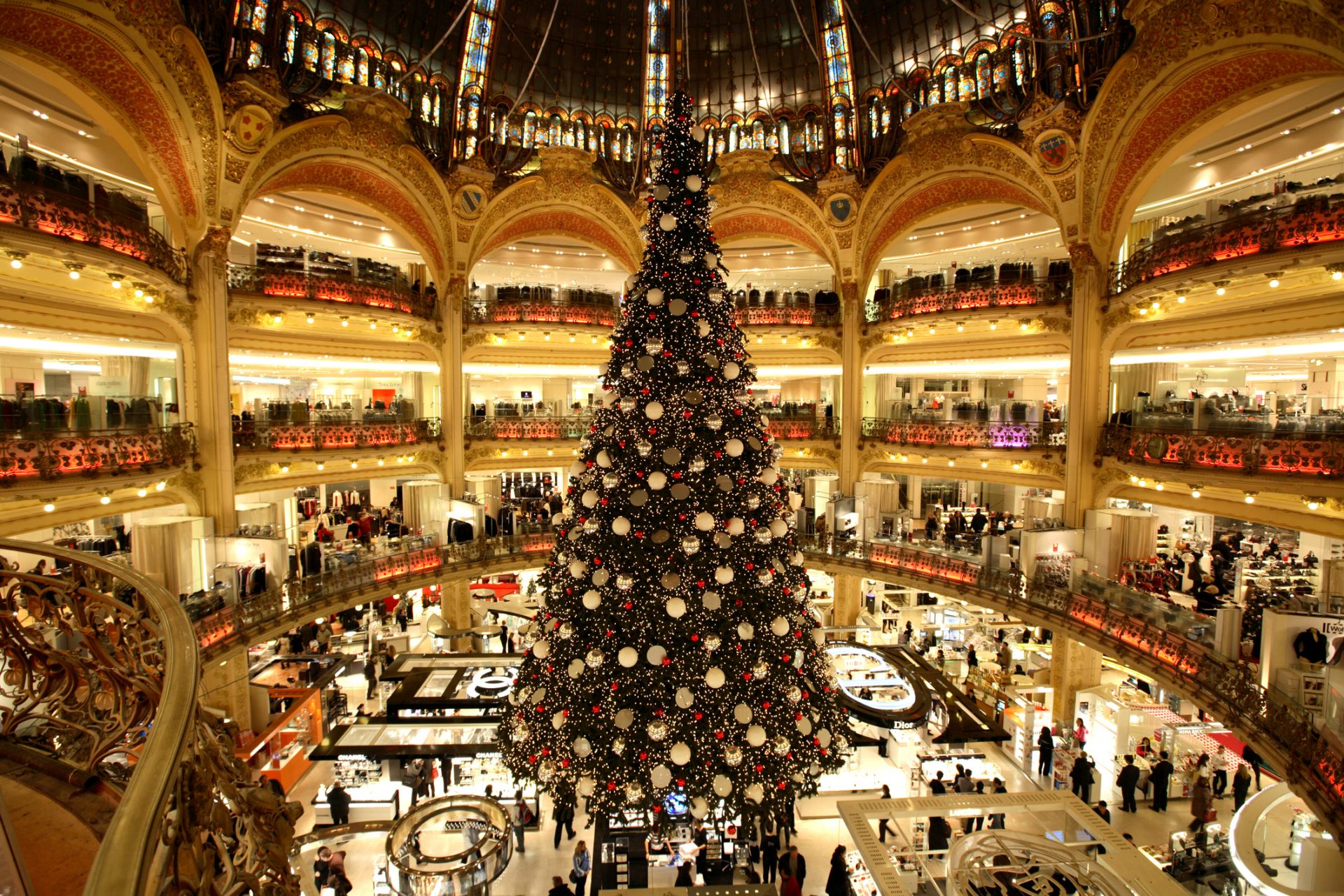The incredible history of Notre Dame of Paris
So much has happened in this monumental building that we can hardly grasp it in a photo gallery. Napoleon was crowned here, for example, as artworks like the one in this picture would show.
In 2023, Ridley Scott painted the imposing historical scene as part of his drama 'Napoleon.' However, the setting of Napoleon's coronation, both in real life and in the film, was different from what you may think. Let's have a look at the amazing story of the Notre Dame Cathedral in Paris!
It's an iconic monument of Paris, a symbol of Gothic art, and an architectural masterpiece that has stood the test of time for more than eight centuries.
With nearly 12 million visitors per year, Notre Dame was one of the most visited monuments in the world until a terrible fire destroyed part of its construction in 2019. It was not the only test the cathedral has had to overcome throughout its history though...
In the middle of the 12th century, Paris was a booming city. Rising to become a major economic and political center, it had 25,000 inhabitants at the time. Yet, while the construction of cathedrals was increasing in France, Paris did not have its own.
According to certain writings and archaeological excavations, Paris had a cathedral that was in ruins during the 12th century. The Saint-Étienne Cathedral was located on the Île de la Cité, at the level of the current square of Notre Dame.
Photo: Wikimedia Commons
Maurice de Sully, Bishop of Paris between 1160 and 1196, initiated the construction of the Notre Dame in Paris. Close to the French royal family and influential even in England, he aspired to build a cathedral of exceptional dimensions. His inspiration came from Gothic buildings like the Saint-Denis basilica (photo), where the tombs of the kings of France were located. As with the interior of this basilica, the Bishop of Paris wanted to "bring the light" into Notre Dame.
The name of the architect who designed Notre Dame of Paris remains unknown, but his plan for a gigantic cathedral was particularly daring. Construction began in the 1160s. After several phases of construction, by different project managers, the cathedral was finished in 1345.
The choir, or quire, of the Notre Dame was built first. The vaults were based on pointed arches and flying buttresses, visible from the outside, in order to limit the risk of collapse.
The cathedral choir was consecrated in 1182 by Cardinal Henri de Château-Marçay. From that day on, relics were housed in the cathedral. The most prestigious of them, the Relics of the Passion, was taken there in 1239 from Jerusalem. To this day, Notre Dame of Paris preserves real treasures, such as the alleged Crown of Thorns of Jesus Christ, a wooden fragment of the Cross, and a Nail.
The construction of the nave began after the consecration of the choir, in 1182. It went on through the 13th century. The nave's walls, smooth and thin, are one of the signatures of Notre Dame. Another is the regular rhythm between verticality (pilasters, small columns, pillars, etc.) and horizontality (arcades, capitals).
Photo: Jianxiang Wu / Unsplash
Nicknamed 'the forest', the framework of Notre Dame of Paris was made up of around 1,200 oaks. The wooden framework was essential to the cathedral, its mass ensuring the cohesion of the whole. It was also a real asset for the safety of the building, as we saw during the fire of 2019 when it was completely consumed while protecting the monument. Yet, the wood that burned in 2019 was not the first of the cathedral.
In 1218, on the eve of the Feast of the Assumption, thieves broke into the cathedral and allegedly knocked over a candle. The choir of Notre Dame burst into flames and the framework reportedly went to ashes. In 1220, reconstruction was begun, and the framework was completely redone.
The characteristic towers of the Notre Dame cathedral were built in the 13th century. They are 69 meters (226 ft) high. Before the Eiffel Tower was erected in 1889, the towers of the Notre Dame were the tallest in Paris.
Photo: Kirsten Drew / Unsplash
As many monuments of the Middle Ages, the Notre Dame has adornments of gargoyles. Their function is to protect the monument from possible damage of rainfall by diverting the water away from the walls of the cathedral. The gargoyles are fantastic, rather frightening animals.
The stained-glass windows of Notre Dame of Paris are true masterpieces. Some are original, but most have been restored at some point in the cathedral's history. The South Rose (photo), also called 'Midi Rose,' was built around 1250, and it diameter is almost 13 meters (42 ft).
The Parisian cathedral has three entrance portals on its west facade, built between 1200 and 1240.
Just above the portals, you can observe the gallery of kings, a horizontal band where twenty-eight characters represent the 28 generations of the kings of Judea. Often mistaken for the kings of France, these statuettes were, in fact, destroyed and mutilated during the French Revolution.
When Napoleon crowned himself in 1804, the Notre Dame may have seemed to be at its peak. But it was mostly for show.
In fact, the cathedral was in a pitiful state in the first part of the 19th century. The gallery of kings was vandalized and water seeped into the vaults. The cathedral's medieval spire, built in the 14th century in wood and lead, and culminating at 78 meters (255 ft), was dismantled between 1786 and 1792 because it was too dangerous for the building.
Outraged by the damage to the cathedral, Victor Hugo published 'Notre Dame of Paris' in 1831, a novel that would direct the history of the monument. The popularity of the writer was such that he mobilized a large part of the French population to save the cathedral.
In 1843, architects studied the medieval monument and made a number of restorations and changes. The roof was repaired, the building was reinforced, worn stones were replaced... and a few innovations were made to add more atmosphere to the cathedral.
The new architects built chimeras at the very top of the building. These devilish-looking creatures were not like the gargoyles, because they had no structural function. They were purely decorative.
In August of 1859, the 'new' Notre Dame was inaugurated. It had been strengthened by an arrow of oak covered with lead, 93 meters (305 ft) high and 750 tonnes in weight.
Roughly 160 years later, this image would go around the world. The Notre Dame was on fire and the flames quickly spread through the monumental building. The fire destroyed the cathedral's framework, the spire, and the roofs of the nave and transept.
The cause of the fire remains unknown, but there are two hypotheses. They both have to do with the restoration work that was going on in the cathedral at the time. One theory states that someone badly put out a cigarette, and another points at a possible short circuit.
Thanks to private and public funds, restoration work was organized after the fire. While the pandemic slowed down the restoration, the building was cleaned by September 2021 and restoration started soon after.
Craftsmen and workers from all over France are mobilized to repair the roofs, restore the framework, renovate the organ, and reconstruct the famous spire the way it used to be. Thousands of oaks have been carefully selected before being sent to around forty sawmills across France. There, they are processed to become part of the iconic building.
According to Paris City Hall, the spire will rise again into the Parisian sky at the end of 2023. The final work is scheduled to end in December 2024. By then, Notre Dame will finally be able to reopen its doors to the public and show all its beauty to millions of visitors.

